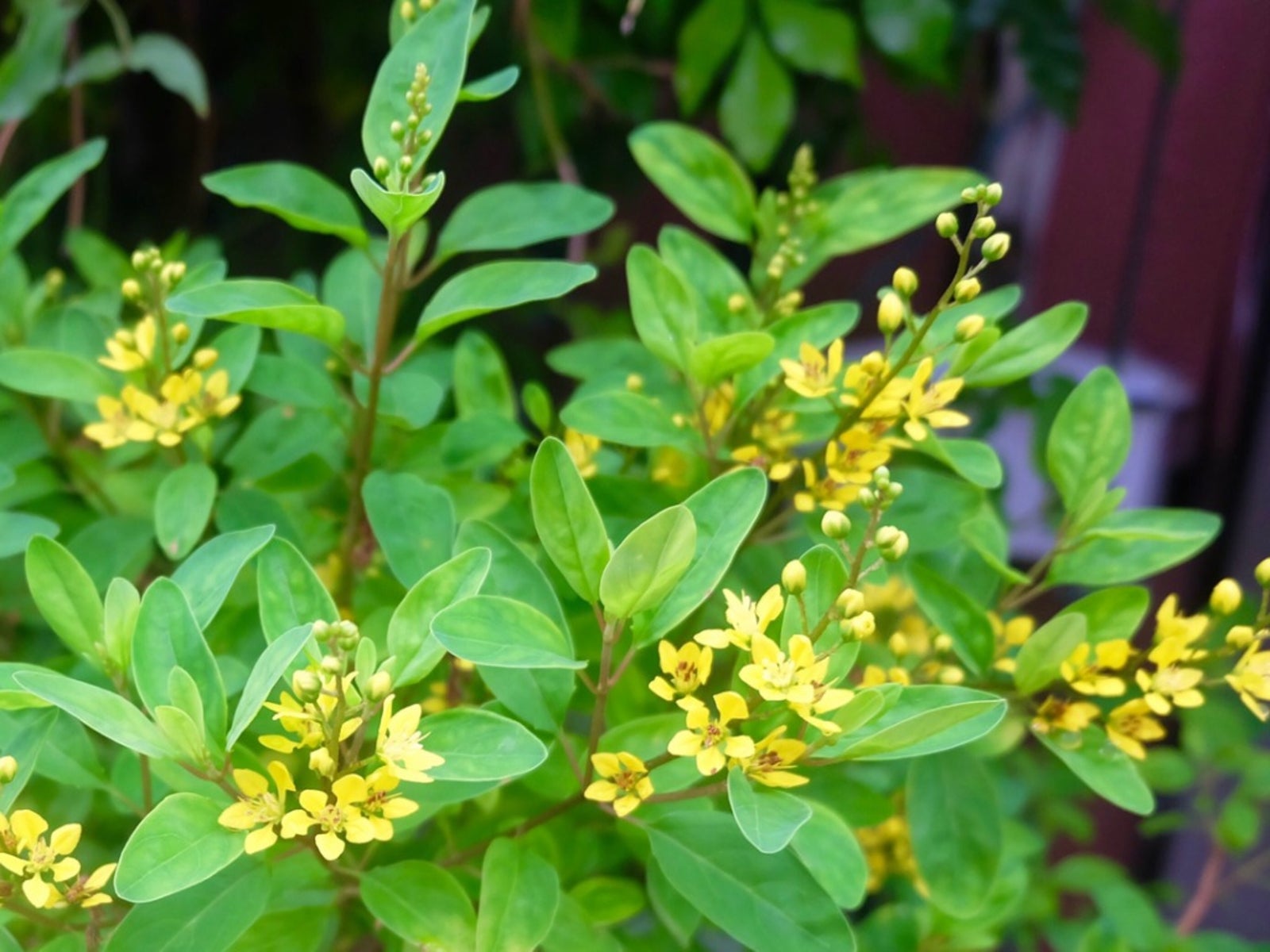Chinese Perfume Tree Care: Growing Chinese Perfume Trees


Chinese perfume tree (Aglaia odorata) is a small, evergreen tree in the mahogany family. It is an ornamental plant in American gardens, typically growing to 10 feet (3 m.) or under and producing intensely fragrant sprays of unusual yellow flowers. If you want to start growing Chinese perfume trees, read on for information on these lovely plants and for tips on Chinese perfume tree care.
Chinese Perfume Tree Facts
Chinese perfume trees, also called Aglaia odorata plants, are native to low regions of China. They also grow in Taiwan, Indonesia, Cambodia, Laos, Thailand, and Vietnam. The plant’s genus name comes from Greek mythology. Aglaia was the name of one of the three Graces. In the wild, Aglaia ordorata plants can grow to 20 feet (6 m.) high. They grow in thickets or sparse forests. In the United States, they grow only in cultivation and are often planted for their fragrant blossoms. You’ll find some interesting Chinese perfume tree facts when you read about those blossoms. The tiny, yellow flowers—each about the size and shape of a grain of rice—grow in panicles about 2 to 4 inches (5-10 cm.) long. They are shaped like tiny balls but do not open when the flowers bloom. The scent exuded by Chinese perfume tree flowers is sweet and lemony. It is stronger during the day than at night.
Growing Chinese Perfume Trees
If you are growing Chinese perfume trees, you need to know that an individual tree will bear either male or female flowers. Both types of flowers are fragrant, but only a pollinated female flower produces the fruit, a small berry with one seed inside. Chinese perfume tree care begins with planting the tree in an appropriate location. The trees are only hardy in U.S. Department of Agriculture plant hardiness zones 10 through 11. In cooler regions, you can grow Aglaia odorata plants in containers and move them indoors when temperatures drop. The trees will need well-draining soil and a location with full or partial sun. Plant them in a location with some shade if your region is hot in the summer. Container plants brought inside should be located next to sunny windows. They’ll need moderate but regular irrigation. The soil must dry out between watering times.
Sign up for the Gardening Know How newsletter today and receive a free copy of our e-book "How to Grow Delicious Tomatoes".

Teo Spengler is a master gardener and a docent at the San Francisco Botanical Garden, where she hosts public tours. She has studied horticulture and written about nature, trees, plants, and gardening for more than two decades, following a career as an attorney and legal writer. Her extended family includes some 30 houseplants and hundreds of outdoor plants, including 250 trees, which are her main passion. Spengler currently splits her life between San Francisco and the French Basque Country, though she was raised in Alaska, giving her experience of gardening in a range of climates.